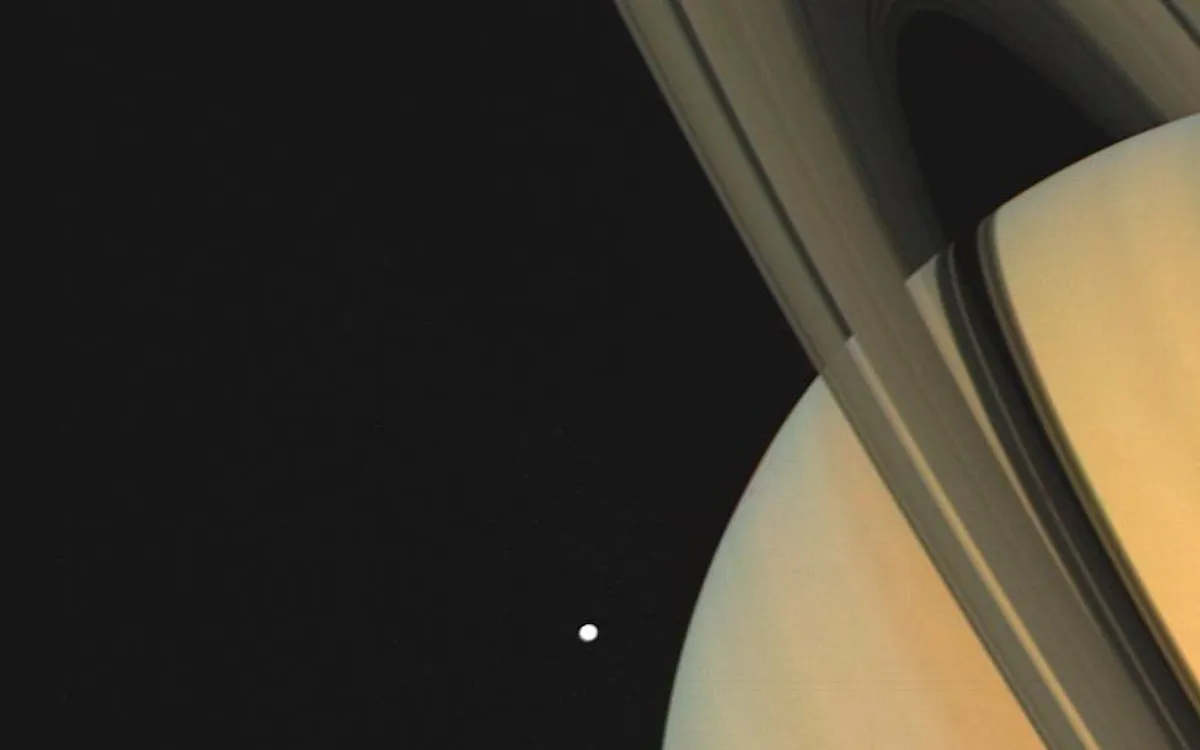
Saturn has officially reinforced its title as the moon king, boasting an impressive tally of 274 satellites orbiting the gas giant. This record-breaking achievement places Saturn significantly ahead of its closest competitors, as it now possesses nearly double the number of moons found around all other planets in the solar system combined. An international team of astronomers recently made this groundbreaking discovery, identifying an astonishing 128 new moons around Saturn using the Canada France Hawaii Telescope.
Last year, Saturn reclaimed its title as moon king with the identification of 62 new moons, bringing its total to 145. In comparison, Saturn's primary rival, Jupiter, has only 95 confirmed moons. For years, these two gas giants have competed for the title of the planet with the most moons, but it seems safe to declare that Saturn has decisively won this celestial contest.
“Based on our projections, I don’t think Jupiter will ever catch up,” stated Edward Ashton, a postdoctoral fellow at the Institute for Astronomy and Astrophysics at Academia Sinica and the lead researcher behind the discovery. This assertion highlights Saturn's commanding lead in the ongoing moon tally race.
The research team conducted a comprehensive sky survey around Saturn using the Canada France Hawaii Telescope from 2019 to 2021, utilizing multiple telescopes to enhance the signals from astronomical objects. The initial survey revealed 62 new moons alongside several unidentified objects. To confirm the identities of these remaining objects as moons, the astronomers revisited the same sky fields for an additional three months in 2023.
This week, the International Astronomical Union officially recognized the team's significant findings. The 128 newly discovered moons are classified as irregular, indicating that they are likely small fragments of larger moons that were shattered due to violent collisions with other moons in the Saturnian system or with passing comets. Most of these new moons are clustered around the Mundilfari subgroup, which is believed to be the site of a collision that occurred within the last 100 million years, leading to the fragmentation of larger bodies into the newly identified satellites.
As for the team's future endeavors, they have concluded their moon-spotting campaign for the foreseeable future. Current technology has likely reached its limit in detecting new moons around distant planets such as Saturn, Uranus, and Neptune. For now, Saturn will proudly wear its crown as the solar system’s undisputed moon king.